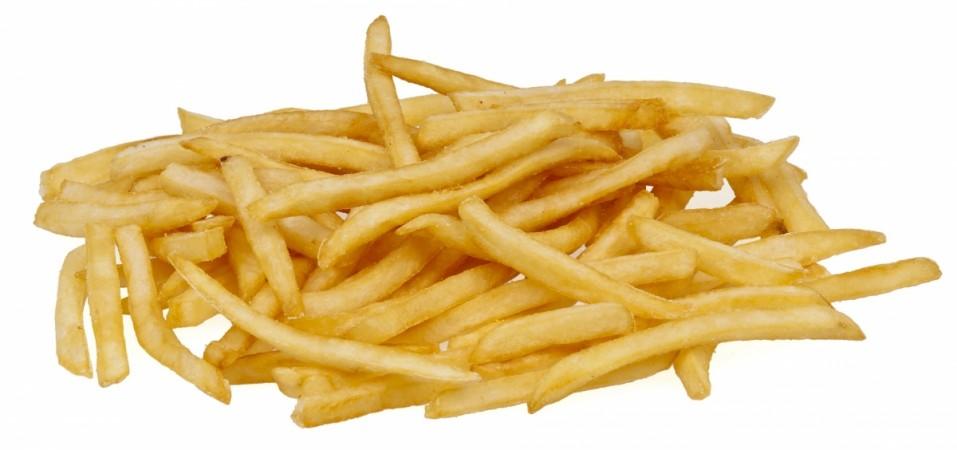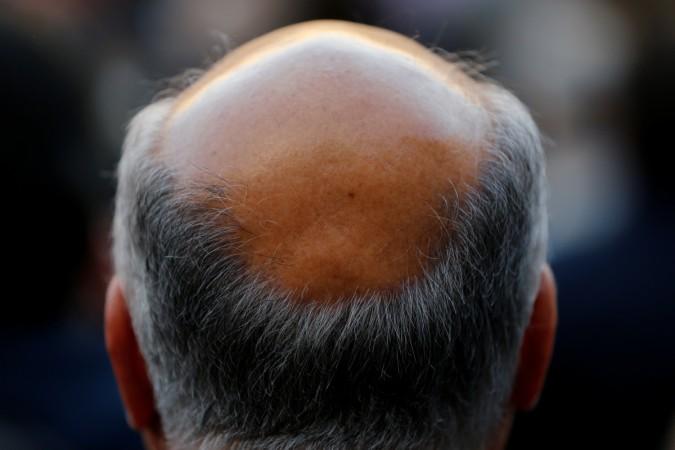
A trip to McDonald's is a treat of sorts because it's easy, quick and pretty cheap too. But there's more to love about the fast-food chain as it turns out that a chemical in McDonald's chips might be able to cure baldness.
A new research has resulted in scientists re-growing hair in mice using a "simple" technique with human stem cells, as the Daily Record posted. A chemical used in McDonald chips came handy for the researchers, the report said.
So now might be a good time to consider a quick little trip to the drive-thru!
Also read: How to cure baldness?
The study was able to generate hair follicles that were capable of sprouting new locks and miraculously, within just days, the mice had furry backs and scalps too. In preliminary studies on the topic, it has also been established that the groundbreaking therapy could work in humans too.
However, this particular Japanese team's breakthrough arrived after they were able to mass produce 'hair follicle germs' (HFGs) in the lab for the first time, and this they achieved using the 'McDonald's fries' chemical dimethylpolysiloxane in the vessel in which they were cultured.
The chemical is usually added for safety reasons to prevent the oil from foaming, and it showed effective results for the HFGs because oxygen easily passes through.
Professor Junji Fukuda, of Yokohama National University, said: "The key for the mass production of HFGs was a choice of substrate materials for the culture vessel. We used oxygen-permeable dimethylpolysiloxane (PDMS) at the bottom of culture vessel, and it worked very well."

This method, as described in the Biomaterials, created up to 5,000 HFGs simultaneously, and it resulted in new hair growth right after they were transplanted into mice, breaking the challenging obstacle that has been the preparation of HFGs, on a large scale.
Fukuda and colleagues reported black hairs sprouting where they were transplanted – both the back and the scalp. They said the "regenerated hair exhibited the typical hair cycle of mouse hair." And as per early tests, it has already been implied that it will be just as successful on human skin cells.
Fukuda said: "This simple method is very robust and promising. We hope this technique will improve human hair regenerative therapy to treat hair loss such as androgenic alopecia (male pattern baldness)."

Explaining the steps involved in achieving the feat, he said: "We demonstrated that the integrity of the oxygen supply through the bottom of the silicon chip was crucial to enabling both ssHFG formation and subsequent hair shaft generation.
"Finally, spatially aligned ssHFGs on the chip were encapsulated into a hydrogel and simultaneously transplanted into the back skin of nude mice to preserve their intervening spaces, resulting in spatially aligned hair follicle generation.
Also read: Best way to regrow hair in the offing?
"This simple ssHFG preparation approach is a promising strategy for improving current hair-regenerative medicine techniques."
Though there's a long way to go to achieve effective results, one cannot deny that amidst the multitude of proofs about how harmful the fast food could be, this new research offers a shining ray of light in the life of every McDonald's fan!

















